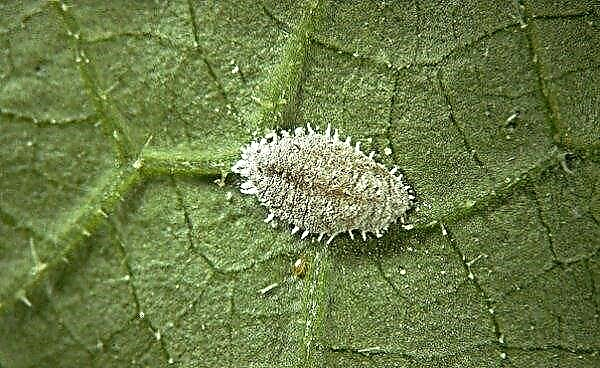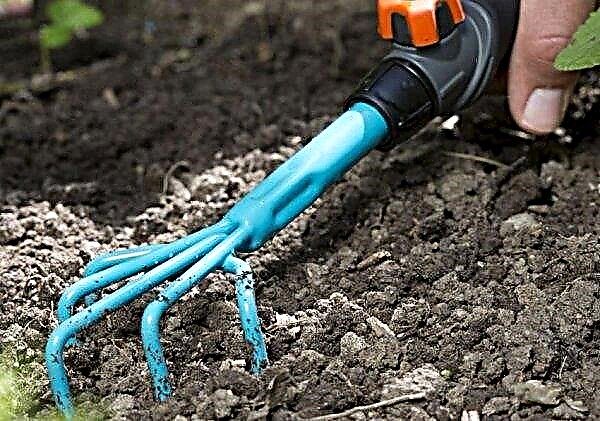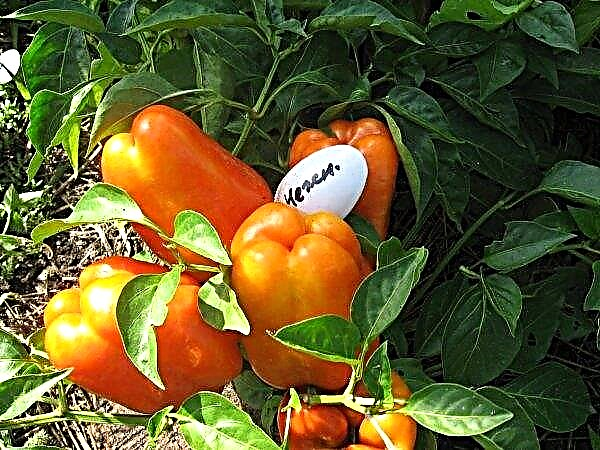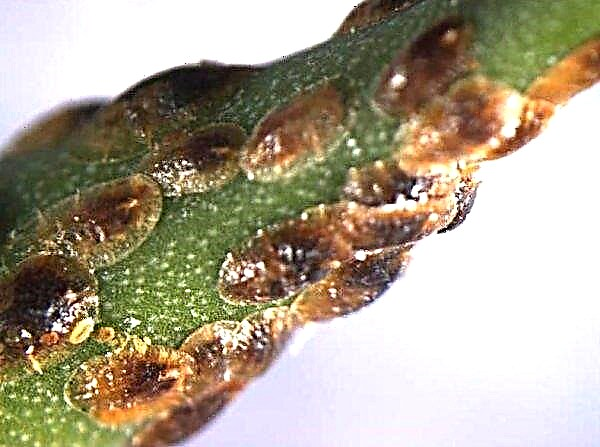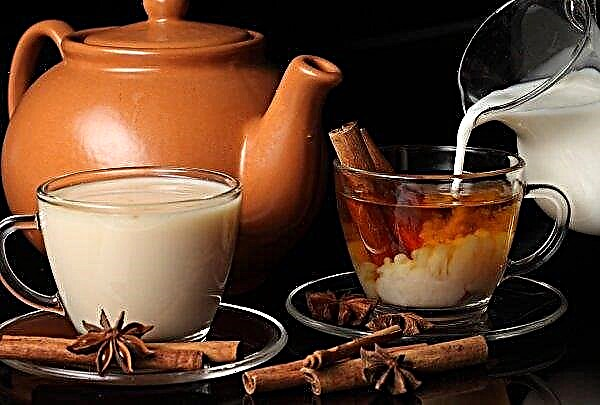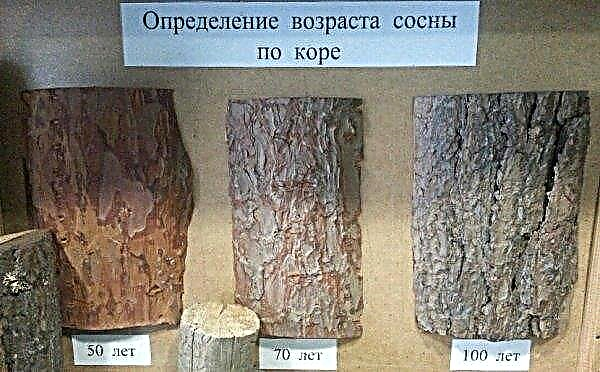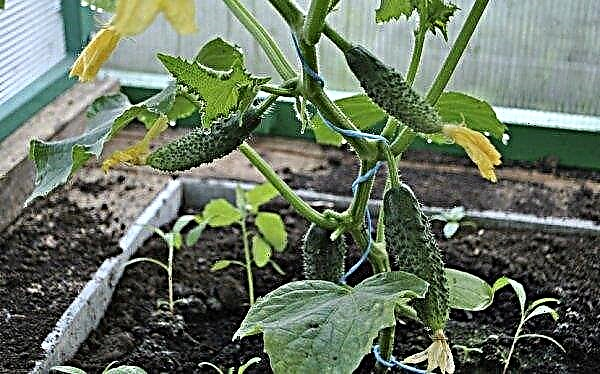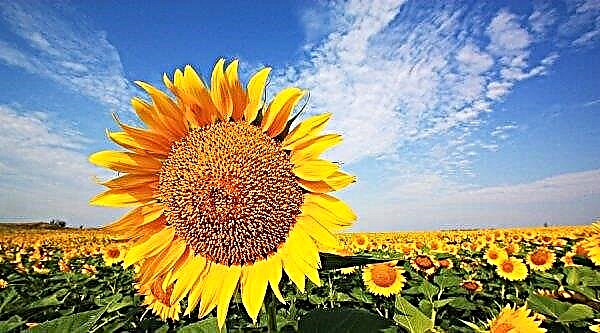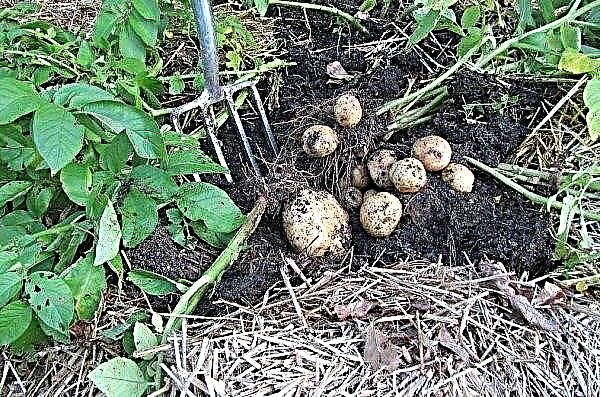Modern science and agriculture allow us to grow amazing plants that are completely unlike the ones we are already familiar with. Thuja on the stem is no exception, which fits perfectly into the landscapes of gardens, estates and summer cottages.
Is it possible to make thuja on the stem
Thuja stem varieties appeared relatively recently. For landscape design, this is a find, as the tree organically fits into the composition of designers and decorates the landing sites. Given the high density, and with it the mass of the crown, the bole should be powerful and with dense wood.

Grade selection
Not every thuja variety is suitable for stamping. Varieties with weak and knotty trunks, prone to injury by wind and even heavy rain, are not suitable for this. Therefore, for growing a tree in order to decorate the park, it is necessary to choose medium and high varieties with strong roots.
Experts advise choosing varieties of thuja western, for example, Smaragd or Kolumna, since they are most suitable for creating a kind of big ball on a stand.
Did you know? Stacked conifers begin to bear fruit much faster - by 5–7 year, instead of two - five decades. But the lifespan of such decorative crops is much lower than that of fellow wildlife.
How to make a standard tree
After choosing a grade, the standard tree needs to be formed. In the second year after vaccination, the seedling is ready for planting at a constant place of growth.
This should be done according to the following algorithm:
- Grow a plant trunk (it will take 3-4 years), which will be vaccinated thuja. It is best to choose related ones: cedar, fir, pine.
- Remove all side shoots and tie the boom to the peg.
- In the spring, vaccinate the necessary thuja variety to the stock using the method of cutting the bark and introducing a cuttings with several buds. It is better to do this in several places along the diameter of the barrel at a low height from each other.
- The grafts that have taken root will have buds in the fall and should be left alone until spring.
- In spring, cut grafted cuttings into several buds to ensure their branching.
Video: Thuja vaccination on the stem
Further care
Coniferous trees are unpretentious, so you do not need special knowledge and skills to grow even standard plants.
Subsequent care of the new tree consists in such simple operations:
- treatment;
- watering;
- fertilizer;
- crown formation.
Treatment
The plant is affected by powdery mildew, fruit moth, green leafworm. The manifestation of necrosis of tissues of branches and trunk is also possible.
To avoid this, it is necessary to make the treatment of the bush or tree with high-quality fungicides. The following ones are suitable for this type: “Switch”, “Skor”, “Horus”, “Ordan”, “Maxim”, etc. If there is no experienced specialist nearby, then the necessary dosage can be determined by finding advice on the Internet or using instructions to the tool. When cultivating a fungicide, it is worth considering the height of the tree and the power of its crown.
The barrel and crown are neatly sprayed from the spray gun. Considering the excess of moisture evaporated by the thuja and the density of its crown, you should try to get into the middle of the layer of branches, raising the spruce branches. Pests can seriously harm the plant, so the fight against them begins in early spring.Important! It is necessary to treat plants with fungicides early in the morning or at sunset, so that the chemicals do not burn the needles moistened with the drug.

The tree is treated with insecticides "Aktara" or "Actellik". Further in a hurry with the repeated use of insecticides is not worth it. These chemicals are used only at the beginning of an attack on May dill, the larvae of which can destroy both the root system and the greens of a small seedling within 24 hours.
As soon as in mid-April the first flying insect, crown, trunk and root neck will be noticed, it is necessary to treat it with means such as “Antichrush” or “Prestige”. Such work must be carried out every month and a half until mid-autumn.Did you know? The Latin name of the plant is “incense”, “sacrifice”. This is probably due to the smell of parts of arborvitae, which resemble incense.
Watering
The plant, due to the dense structure of its crown, strongly evaporates moisture, so this loss must be compensated. Thuja responds well to irrigation, as a near-barrel zone, and on the projection of the crown. The tree is useful and drip irrigation, which saturates the branches with water. Types of watering can be varied, and the thuja will delight the appearance.
The frequency of irrigation varies depending on the size of the plant, climatic and landscape features of the area. Branches should not be allowed to dry out, especially in warm, sunny areas. At least once a week, basal watering is needed, and another 1-2 times during the same period you can do sprinkling.
Fertilizer
Thuja does not require special care, but in the spring you can help her in future growth. Complex fertilizers are introduced, for example, Kemira Universal, which includes all the macro- and microelements necessary for the growth of crops.
In addition to fertilizer, you can mulch the soil near the stem. Thuja roots do not lie very deep, so mulching is done on slightly loosened soil (loosening depth up to 10 cm). For use in the form of mulch, small pieces of coniferous tree bark, compost, peat are suitable. The layer should be small - 5-7 cm.
A haircut
The formation of plant crowns in garden design is an important element for visualization, therefore, it is not necessary to let the trees overgrow with side shoots. You can cut the tree in various forms - round, oval, pyramidal and even prismatic.
To keep the plant for a long time selected by the host, it is necessary to cut the branches twice a year. In the autumn period, sanitary trimming of damaged and old branches is done.
Important! It is also necessary to ensure that new shoots do not develop on the stem, which take away the strength of the plant and spoil its appearance.
Landscape design application
The stem thuja is suitable for the most diverse and sophisticated landscape design. This tree fits perfectly into the courtyards of the living quarters, it is also suitable for the veranda in a residential building. Such a plant looks good both in alley planting, and in the center of the square, and in small gardens. It is unpretentious and aesthetically complements groups from other conifers or mixed park compositions.
The thuja grown on the stem grows quickly and is a good material for planting in a variety of parks. Recently, it is increasingly used by specialists in the design of gardens and parks. This plant can be used in any elements of compositions both to emphasize severity and to indicate calmness and tranquility.

